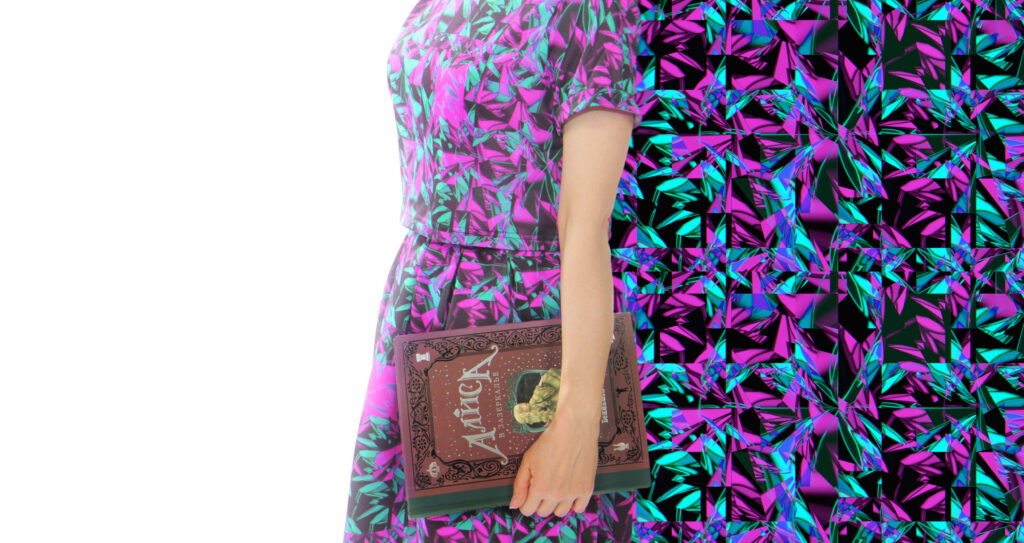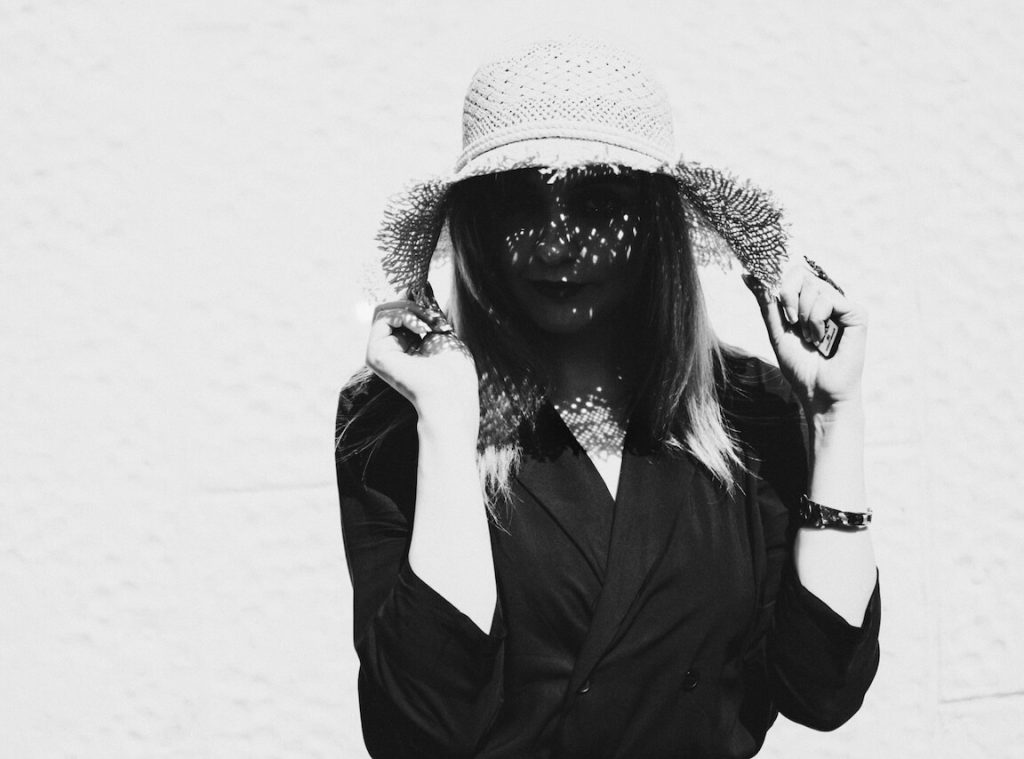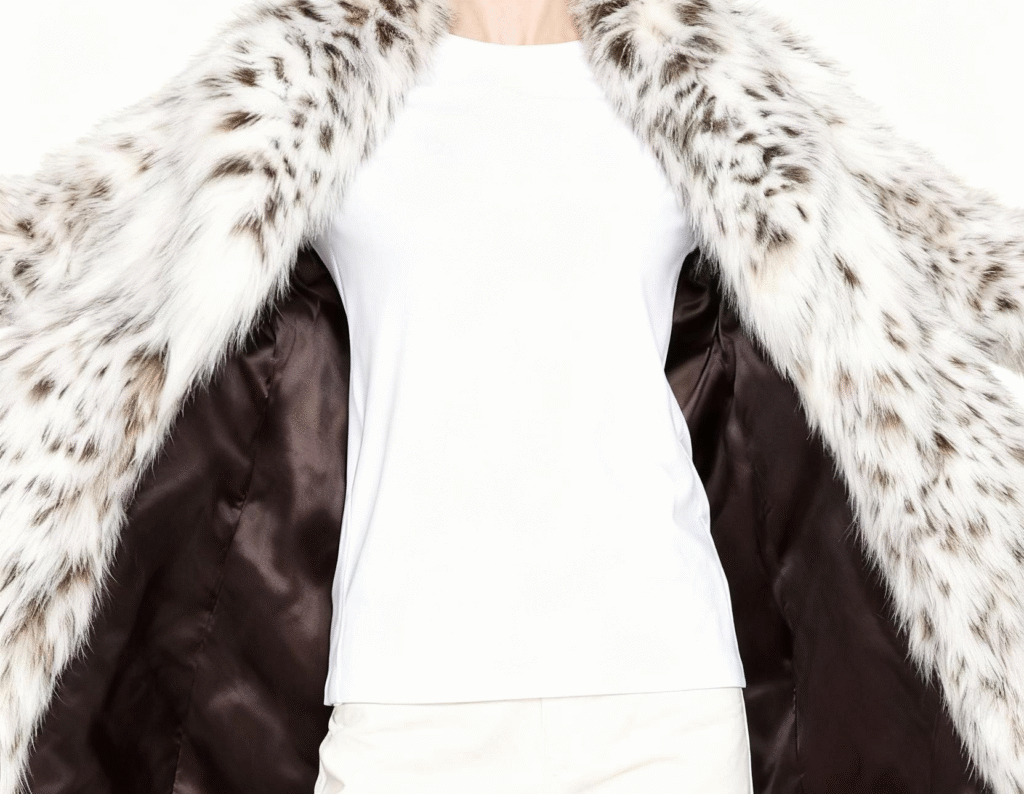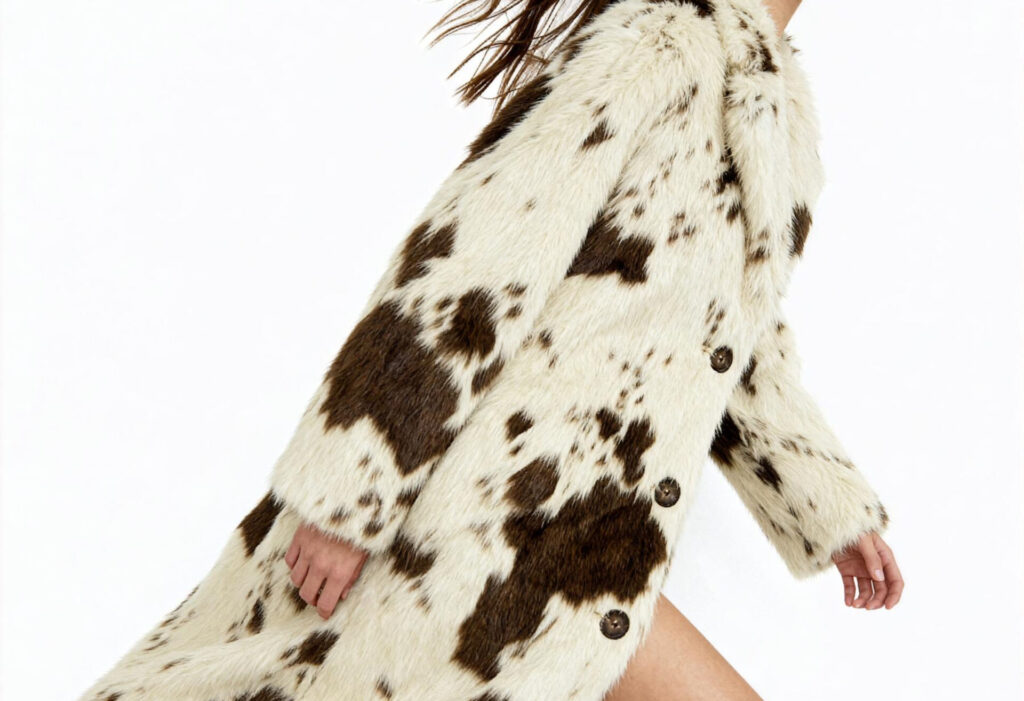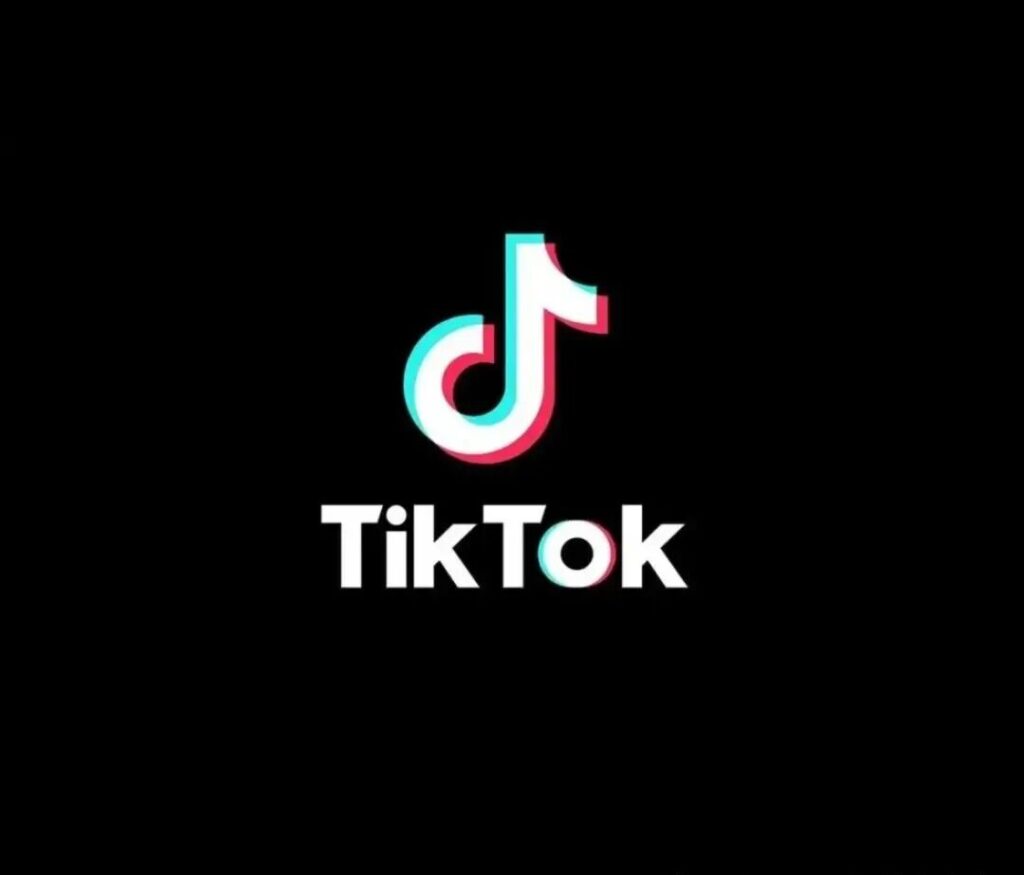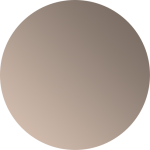Main contradiction points between designers and production teams — concise, practical, and based on real B2B fashion manufacturing realities:
Between Designers & Production
- Creativity vs. Feasibility
- Designers push for innovation, dramatic silhouettes, or unique materials.
- Production focuses on what can actually be sewn, sourced, and repeated efficiently.
- Aesthetic Ideal vs. Technical Limitation
- Designers imagine fluid drape or extreme volume.
- Production must manage machine capacity, seam tolerance, and fur/faux fur direction.
- Material Emotion vs. Cost Reality
- Designers choose by look and feeling.
- Production chooses by price, durability, and supplier MOQ.
- Perfect Prototype vs. Delivery Schedule
- Designers revise endlessly to achieve the “right” proportion.
- Production must keep deadlines, avoid over-sampling, and protect workflow rhythm.
- Visual Language vs. Technical Language
- Designers communicate through sketches and moodboards.
- Production needs measurements, specs, and clear process sheets.
- Luxury Finish vs. Efficiency
- Designers want every stitch to look couture.
- Production balances precision with speed and yield efficiency.
- Individual Vision vs. Scalable Consistency
- Designers think of one masterpiece.
- Production must replicate that piece hundreds of times identically.
- Change Flexibility vs. Production Stability
- Designers may alter trims or shapes mid-process.
- Production resists change once materials are ordered and patterns finalized.
- Color Fantasy vs. Dyeing Control
- Designers dream of rare tones.
- Production deals with dye-lot limitations, fiber behavior, and Pantone tolerance.
- Handcraft Perfection vs. Cost Control
- Designers admire artisanal detail.
- Production must consider labor hours, wastage, and profit margins.
But As a Professional Manufacturer, We think the Key point is the Material perfomrance between Designers mind and Final effect, If the fabric has some disputes, Everything will be valueless.
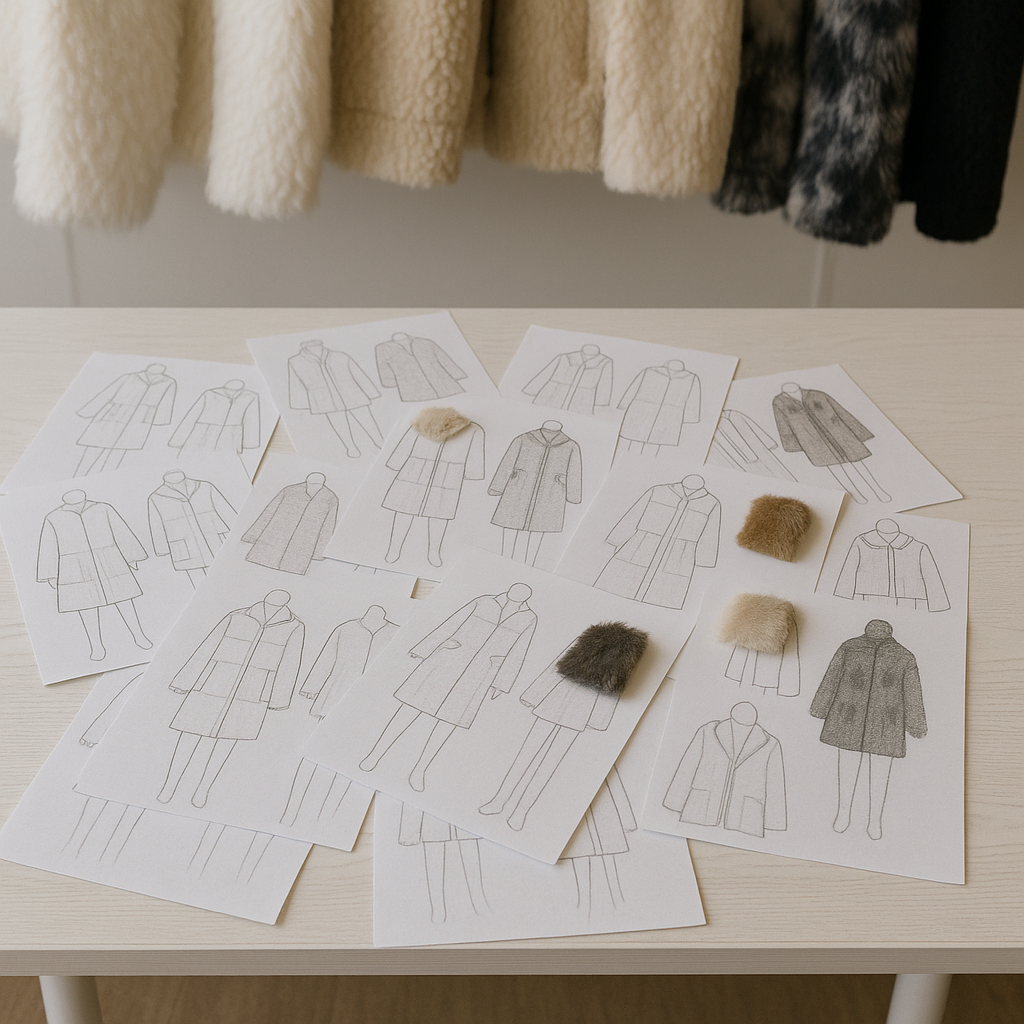
🧶 Material Performance: Designer’s Mind vs. Final Effect
| Aspect | Designer’s Intention | Real Production Effect | Why the Gap Happens |
|---|---|---|---|
| Texture & Feel | Designer imagines a certain hand-feel (soft, light, luxurious). | Actual fabric or fur weight feels stiffer or heavier once lined or quilted. | Backing, bonding, or pile direction changes flexibility. |
| Color Rendering | Color on digital sketch or sample swatch looks bright or balanced. | Dyeing or printing on fur/faux-fur fibers alters tone, depth, and reflection. | Fiber composition and surface shine affect pigment absorption. |
| Drape & Movement | Designer expects flowing or sculptural drape. | Fabric behaves differently on body; bulk or stiffness modifies silhouette. | Material thickness, grain, and seam placement control motion. |
| Gloss & Light Reflection | Visualized as matte or glossy finish for mood. | Real material reflects light unevenly due to pile or nap direction. | Lighting and fiber length shift appearance drastically. |
| Thickness & Volume | Designer uses volume for luxury impact. | Excess bulk may distort fit or increase garment weight. | Padding, interlining, or fur density amplifies thickness beyond sketch. |
| Durability vs. Aesthetic | Focus on delicate, fine surface or soft pile. | Production chooses sturdier material to survive sewing, pressing, and wear. | Some luxurious finishes cannot endure industrial handling. |
| Pattern Alignment | Perfect visual symmetry imagined. | Small variations appear after cutting and sewing. | Each fur pelt or faux-fur roll has natural texture direction differences. |
| Shine & Sheen in Photos | Designer imagines editorial glamour. | In reality, sheen changes under studio light or daylight. | Fiber angles and density create visual inconsistency. |
| Elasticity & Fit | Sketch shows slim or relaxed contour. | Final garment may stretch or tighten unevenly after finishing. | Backing fabrics, linings, and stitching tension affect elasticity. |
| Temperature Feel (Warmth) | Designer considers look first. | Real product might feel warmer/heavier or less insulating than expected. | Fiber composition, lining, and air-trap density control warmth. |
💡 JSFUR Insight
At JSFUR, we believe that the contradiction between design imagination and material performance should be discovered — not after production — but during the sample stage.
That’s where the real dialogue begins.
During sampling, every material, detail, and process step is tested and documented. Our approach ensures that each stage is measurable, traceable, and discussed openly between the design and production teams.
Our Process:
- Material Testing Before Approval
Each fabric or fur is tested for colorfastness, elasticity, pile direction, shrinkage, and texture stability.
This helps identify whether the real effect matches the designer’s creative intent. - Prototype Evaluation & Adjustment
The first sample acts as a communication tool — not just a garment.
Designers and technicians review the piece together, marking how the material behaves, drapes, or reacts to seams. - Process Marking & Recording
Every adjustment — from cutting direction to stitching tension — is clearly marked and recorded.
This guarantees consistency when the design enters mass production. - Collaborative Review
Instead of sending samples back and forth without clarity, both sides discuss results openly.
Problems are solved early, costs are controlled, and creative quality is preserved.


